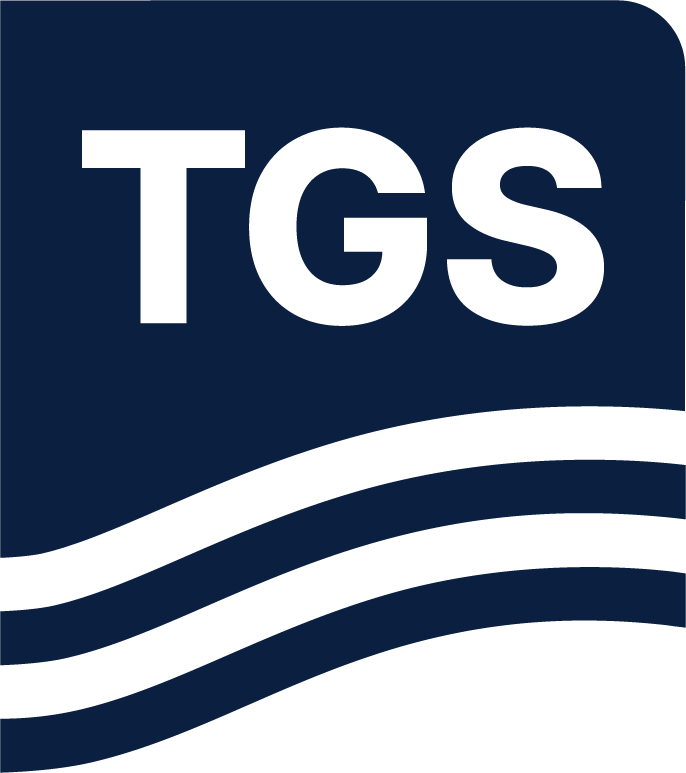The article authored by Michael Brooks appeared in PES Wind, Issue 3, in September 2025.
Subsea high-voltage direct current interconnectors are critical to the stability and flexibility of modern energy networks, but their installation and protection involve significant technical and commercial risks. This article examines the complex challenges facing developers and highlights how proactive, risk-based planning can reduce costly disruptions and improve long-term asset reliability.

The shift to low-carbon energy, wind, solar and nuclear continues to accelerate as nations phase out fossil fuels. But this transition is exposing capacity gaps in existing high-voltage grid infrastructure. Overland high-voltage expansion remains slow and often fraught with planning challenges.
In contrast, subsea high-voltage direct current (HVDC) interconnectors facilitate efficient national and bidirectional electricity transfer between countries. However, their strategic value also makes them a critical vulnerability: failure of a single HVDC link, particularly in the absence of a reactive backup, can destabilise an entire system. Unprotected assets also raise concerns around targeted disruption.
Deploying an HVDC subsea network requires specialised capabilities, including experienced marine crews and cable technicians, alongside a capital outlay that can approach £200 million. This covers installation vessels, protection equipment and shore-based logistics.
Read the full article here.

